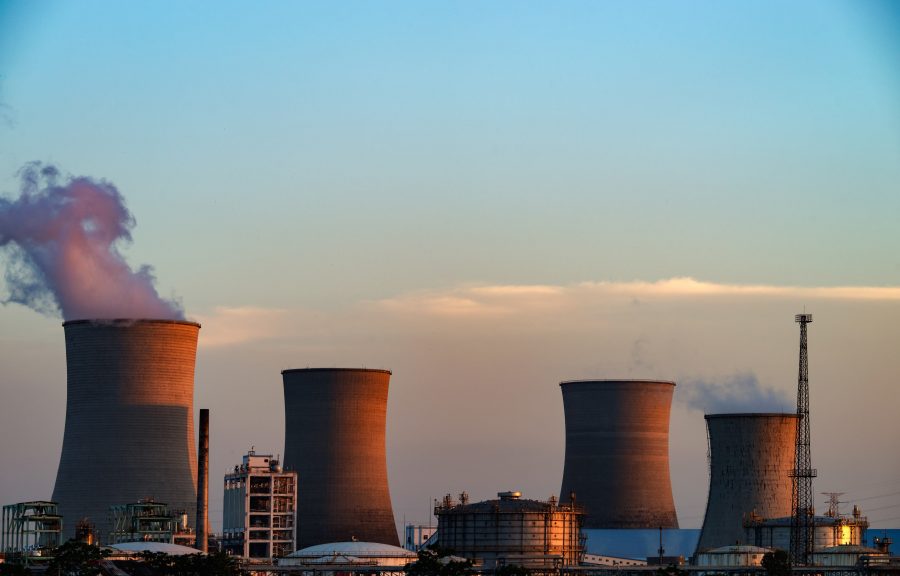Tyne Pressure Testing has been awarded the prestigious Fit For Nuclear (F4N) status.
The F4N status is a recognition by the Nuclear AMRC which demonstrates that a business has completed a journey of improvements and is capable of supplying to the nuclear industry.
The status, which is valid up to three years after the granting date, measures companies against the standards required to market in the nuclear industry including; new build, operations and decommissioning. The recognition aims to facilitate and instill best practices that ensure safety is an overriding priority and that rigorous standards for health, safety, security and protection of the environment are in place.
Tyne Pressure Testing worked with the Nuclear Advanced Manufacturing Research Centre (NAMRC) on the F4N programme to help align internal systems and procedures against the required standards.
The introduction of a formal continuous improvement process, which engages employees to increase performance from an operational, health, safety, environmental and quality perspective, has helped the business meet the requirements outlined in the programme.
Tyne Pressure Testing will continue to be monitored following the recognition and are required to regularly update the plans in place.
Paul R. Smith, CEO at Tyne Pressure Testing, said: “Being granted Fit For Nuclear status gives our customers peace of mind that appropriate measures recognised by the nuclear industry are in place.
“Not only does this open opportunities for the business, but it has also been a great way to improve the business performance and make Tyne Pressure Testing a better place to work.”
Find out more about how we are a trusted supplier to the nuclear industry.
